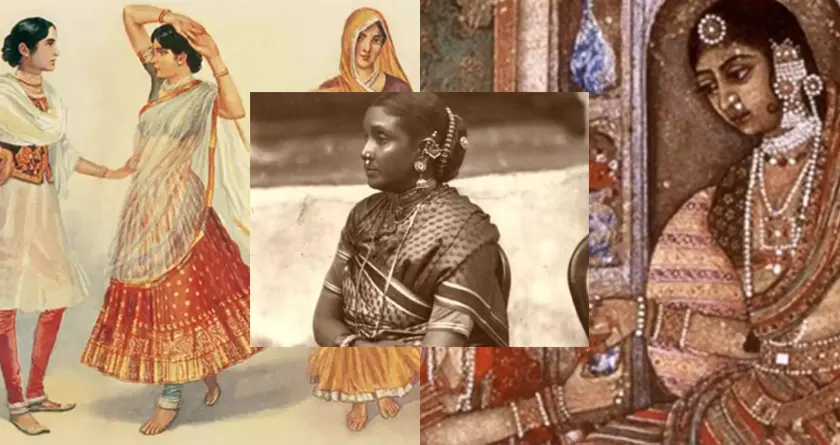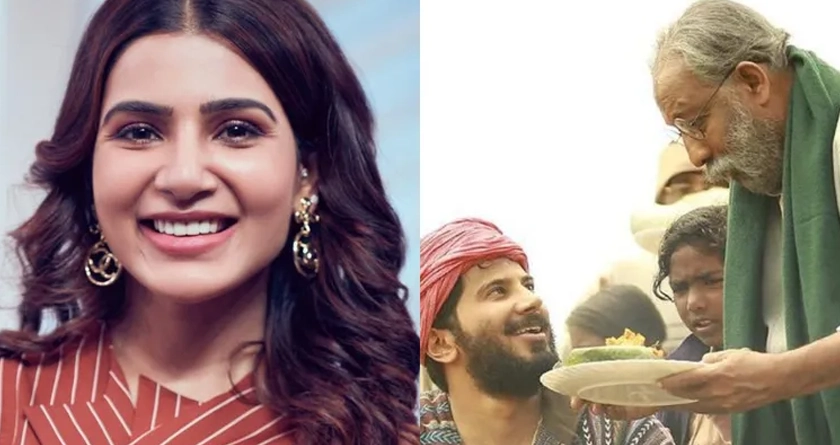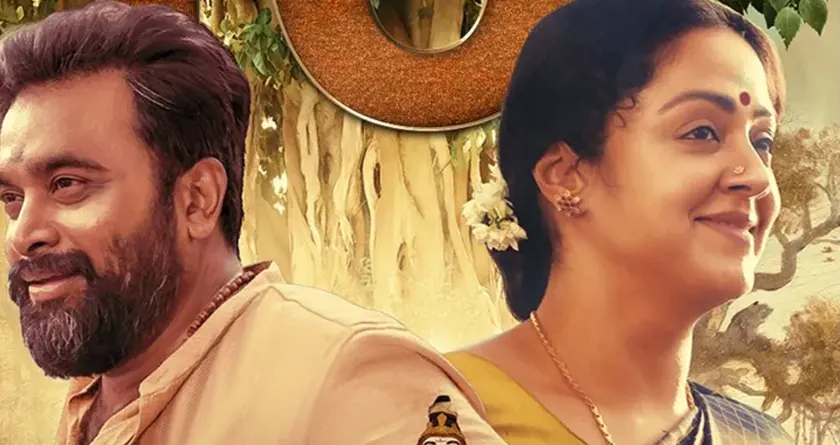
The Story of the Sari: The Nine Yard Miracle.
How does the saree journey begin…get the details…
Friday, 2nd July 2021
Sari may be a fashionable dress now, but it originated from a humble drapery worn by women thousands of years ago. The origin of drapery or sari-like clothing can be traced back to the Indus Valley civilization that formed in northwestern India between 2800 and 1800 BC.
The beginning
The journey of the sari began with cotton, which was first cultivated in the Indian subcontinent around 5,000 BC. After planting, cotton weaving became very large at that time, because weavers began using popular dyes such as indigo, shellac, crazy red, and turmeric to produce women to hide their humble draping.
Also Read: People's Living Cultural Heritage Madhubani Paintings
The Name
This dress is derived from a popular word "sattika", which means women's clothing, and is mentioned in early Jain and Buddhist scriptures. Sattika is a three-piece suit that includes Antriya, lower garment, Uttariya (veil worn on the shoulder or head) and Stanapatta (chest strap).
This set of Sanskrit literature and Pali Buddhist literature can be traced back to the 6th century BC. The three-piece suit is called Poshak, which is the Hindi term for clothing. Antriya is similar to the dhoti or fishtail style of tie sari. Later it evolved into the Bhairnivasani skirt, which was later called ghagra or lehenga. Uttariya evolved to dupatta and Staanapatta evolved to choli. Women traditionally wear various hand-woven regional saris made from silk, cotton, ikkat, prints, embroidery, and Tier textiles. The most sought-after brocade silk sarees are Banarasi, Kanchipuram, Gadwal, Paithani, Mysore, Uppada, Bagalpuri, Balcuri, Maheshwari, Chanderi, Mekhela, Ghicha, Narayan pet, and Eri.
The Evolution
With the emergence of foreigners after , wealthy Indian women began to require artisans to use expensive stones and gold threads to make exclusive stratum saris, which obviously allowed them to stand out. But the saree is still just a costume and all classes adapt it in their own way. This is the beauty of this dress, it still exists. With the industrialization entering India, with the United Kingdom, synthetic dyes officially entered. Local businessmen began to import chemical dyes from other countries, and unknown dyeing and printing techniques appeared, making Indian sari an unimaginable new variety.
The development of Indian textiles began to be reflected in the designs of sari, which began to include characters, patterns, and flowers. With the increase of foreign influence, saree became India's first international clothing. was originally India's first seamless garment, and later became a symbol of Indian femininity.
The News Talkie Bureau
Source:
TimesofIndia











